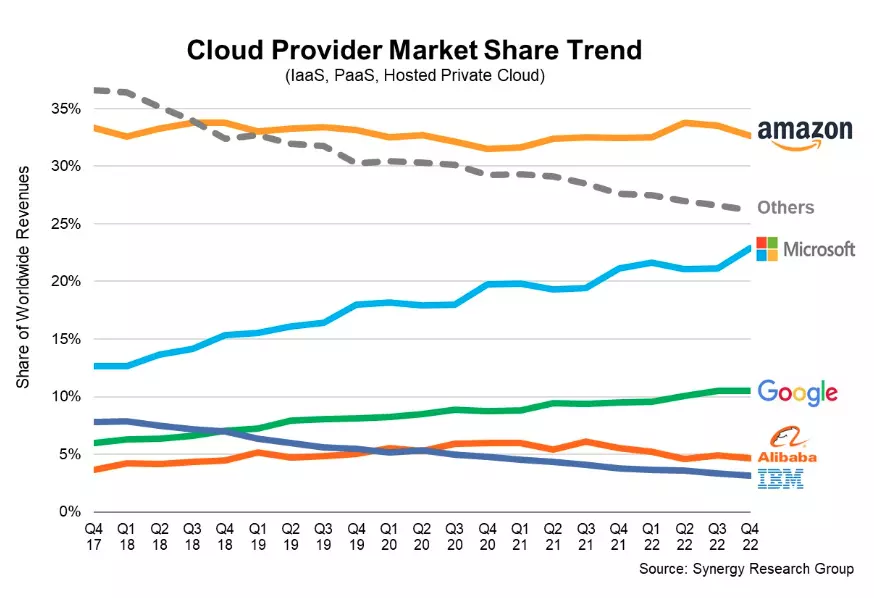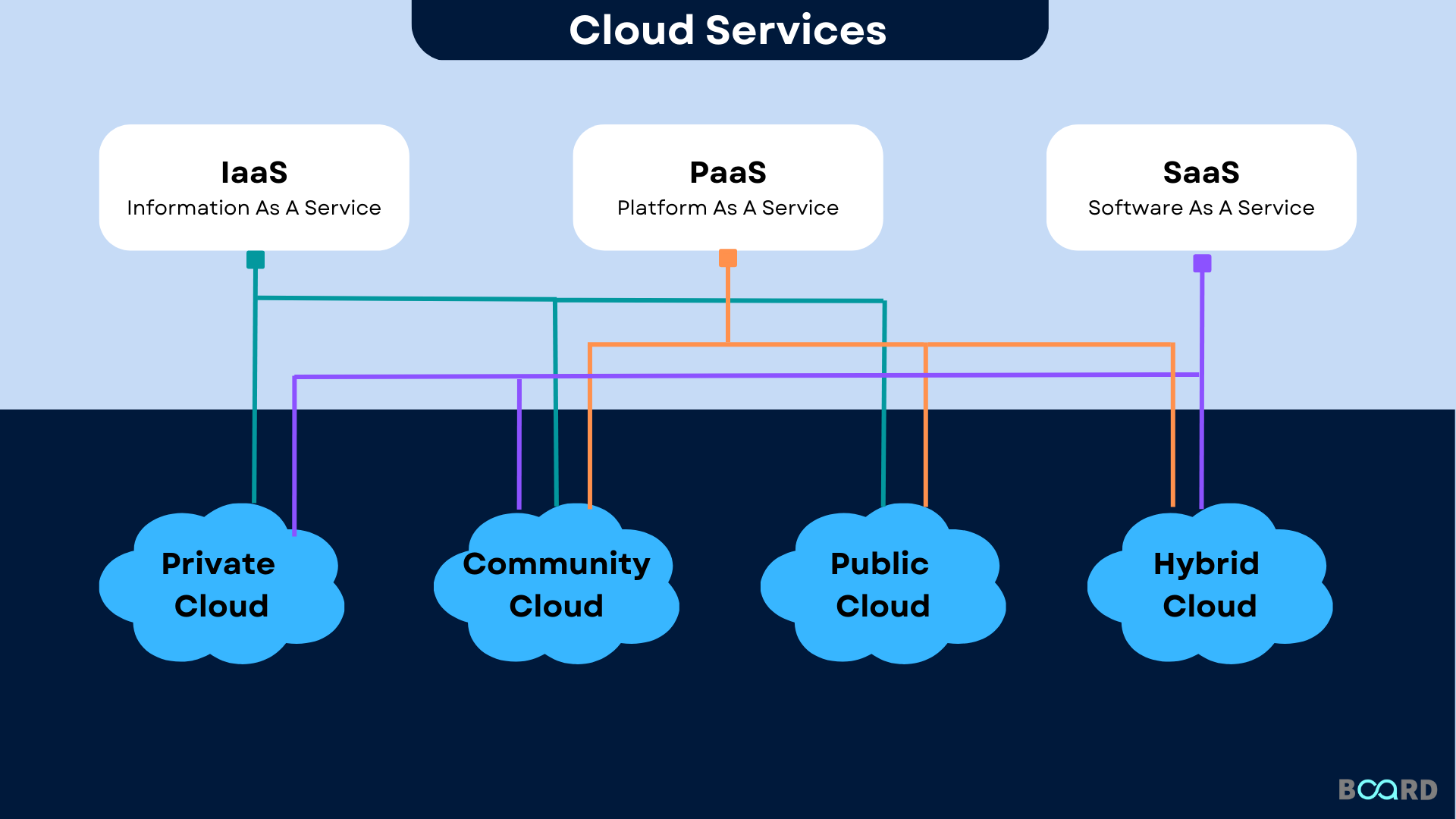LinkDaddy Cloud Services: Cutting-Edge Solutions for Your Service Needs
Achieve Seamless Scalability With Cloud Provider
In the ever-evolving landscape of cloud services, attaining smooth scalability stands as a cornerstone for contemporary businesses looking for to remain versatile and affordable. The ability to effortlessly expand or acquire resources in response to changing demands is a crucial advantage in today's fast-paced electronic environment. By mastering the art of scalable cloud services, companies can not just maximize efficiency and simplify procedures but also lead the way for future development and technology. The mission for smooth scalability with cloud services reveals a world of possibilities for those going to accept the transformative power of dynamic resource administration.
Benefits of Cloud Scalability
Cloud scalability uses organizations the flexibility to dynamically change sources based on demand, making certain optimum efficiency and price effectiveness. Furthermore, cloud scalability advertises advancement and trial and error by allowing businesses to easily evaluate new ideas and range them as required. Inevitably, the benefits of cloud scalability prolong past expense financial savings to include improved performance, dexterity, and advancement.
Key Functions for Scaling
Effective scaling in cloud solutions relies upon vital functions that enable organizations to readjust resources dynamically based on demand. One essential attribute for scaling is flexibility, enabling sources to scale up or down in reaction to varying work. This makes sure that organizations can meet efficiency requirements without over-provisioning sources. An additional essential attribute is scalability, allowing systems to deal with increased work by adding sources effortlessly. This feature is essential for suiting development without compromising efficiency. Additionally, automation plays an essential function in scaling by automating the provisioning and de-provisioning of resources based on predefined policies. Automation lowers human treatment, boosts effectiveness, and makes certain rapid action to transforming needs. Tracking and analytics devices are additionally vital for scaling, giving insights into resource utilization, efficiency metrics, and potential bottlenecks. These devices enable organizations to optimize and make educated decisions source allotment for reliable scaling. Generally, these vital features jointly empower organizations to attain smooth scalability in cloud services.
Implementing Auto-Scaling Techniques
To efficiently enhance resource allocation and adapt to differing work, organizations need to tactically apply auto-scaling strategies in their cloud services facilities. Auto-scaling enables systems to instantly adjust the variety of compute sources based upon real-time need. There are various auto-scaling methods that organizations can employ, such as predictive scaling, which makes use of historic information to anticipate future source requirements, and responsive scaling, which replies to present work modifications.

Ideal Practices for Scalability
For companies intending to boost their scalability in cloud services, executing best techniques is crucial for optimal performance and resource management. One secret ideal practice is designing applications with a microservices architecture. This technique breaks down applications right into smaller, independent solutions that can be deployed, upgraded, and scaled individually, permitting greater versatility and scalability.
One more crucial technique is using containerization modern technology, such as Docker or Kubernetes. Containers make it possible for the product packaging of applications and their reliances into isolated units, making it easier to scale components separately and deploy them consistently across different atmospheres.
In addition, visit their website executing automated release and facilities as code (IaC) can improve scalability initiatives (linkdaddy cloud services). Automation devices like Terraform or Ansible help in provisioning and taking care of sources efficiently, lowering manual mistakes and making it possible for fast scalability
Moreover, keeping an eye on performance metrics, establishing informs, and carrying out routine capability preparation are necessary practices to make sure proactive scalability monitoring. By adhering to these best techniques, companies can accomplish smooth scalability in their cloud services while enhancing performance and source utilization.
Surveillance Performance Metrics
When assessing the performance of cloud solutions scalability, closely monitoring performance metrics is vital for making certain optimum capability and source allotment. By continuously tracking essential performance indicators (KPIs) such as reaction times, latency, throughput, and source usage, companies can obtain valuable understandings right into the health and performance of their cloud infrastructure. Keeping an eye on efficiency metrics enables the early detection of prospective traffic jams or problems that might affect scalability, making it possible for positive actions to be taken to address them prior to they intensify.

Final Thought
In verdict, achieving smooth scalability with cloud services is crucial for companies to maximize efficiency, boost technology, and keep high efficiency levels throughout peak times. By leveraging the benefits of cloud scalability, executing auto-scaling methods, using essential attributes such as elasticity and automation, and complying with best techniques like application style and efficiency monitoring, companies can efficiently scale their systems while optimizing source usage and efficiency.
The quest for seamless scalability with cloud solutions introduces a globe of opportunities for those ready to accept the transformative why not try this out power of dynamic source management.
Cloud scalability provides companies the adaptability to dynamically change resources based on need, ensuring ideal efficiency and price efficiency. One more key feature is scalability, allowing systems to deal with increased work by including resources effortlessly.For organizations intending to enhance their scalability in cloud services, applying best methods is essential for optimum efficiency and resource monitoring.When evaluating the performance of cloud services scalability, very closely checking efficiency metrics is vital for guaranteeing optimal performance and source appropriation.